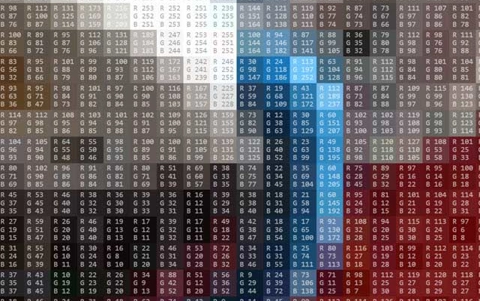Everything is numbers
In this lesson sequence students look at the nature of representation, the variety of ways data is represented in digital systems and the benefits and issues of each approach.
Additional details
| Year band(s) | 7-8 |
|---|---|
| Content type | Lesson ideas |
| Format | Web page |
| Core and overarching concepts | Data representation |
| Australian Curriculum Digital Technologies code(s) |
AC9TDI8K03
Investigate how digital systems represent text, image and audio data using integers
AC9TDI8P10
Evaluate existing and student solutions against the design criteria, user stories and possible future impact |
| Keywords | Data representation, Code-breaking, Binary |
| Organisation | ESA |
| Copyright | Creative Commons Attribution 4.0, unless otherwise indicated. |
Related resources
-
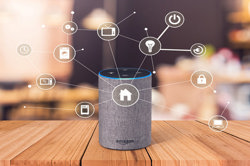
Home automation: General purpose programming
Investigate home automation systems, including those powered by artificial intelligence (AI) with speech recognition capability.
-
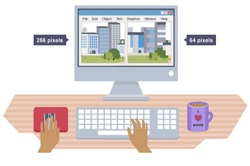
Representing text, images and sound
Learn about how text, images and sound are represented in binary.
-
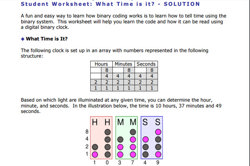
Give Binary a Try!
This document provides activities on binary and its real-world applications, such as in clocks.
-
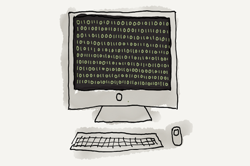
Binary
This lesson integrates data representation and programming for students who are looking for a challenge. It presents the concept of binary digits and base-2 notation.
-
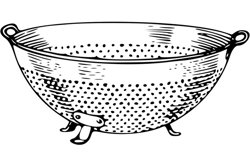
Describing an everyday object
In this lesson, students act like the inventor of an everyday object that does not yet exist.
-

Protecting dugongs
The Western Australian Marine Science Institution has been collecting data about dugongs off the coast of the Kimberley in Northern WA.
-

Creating my own spreadsheet to convert binary to decimal
A spreadsheet can be used to do calculations quickly using formulas.
-

Data bias in AI
Artificial intelligence can sometimes be biased to certain shapes or colours.
